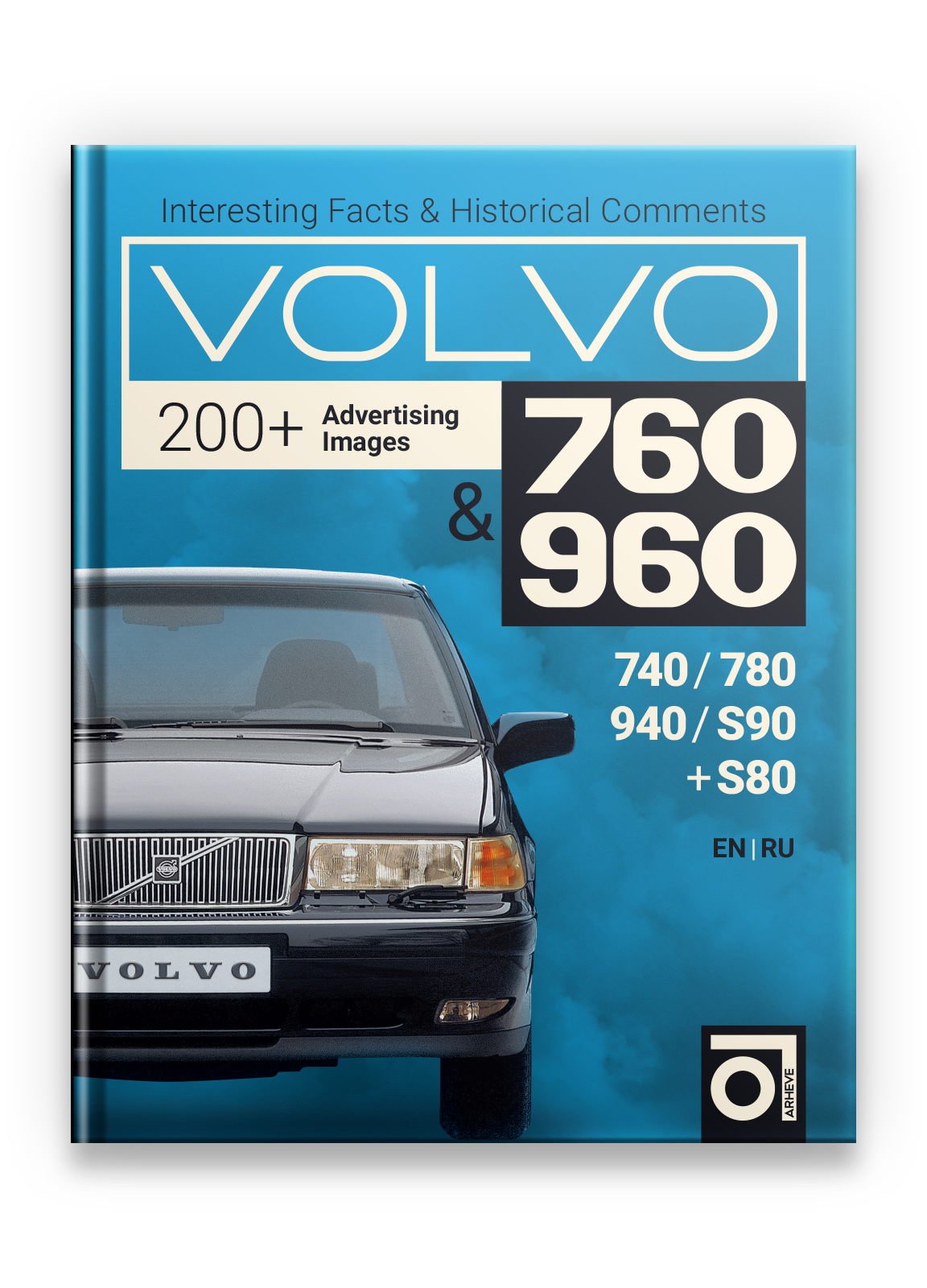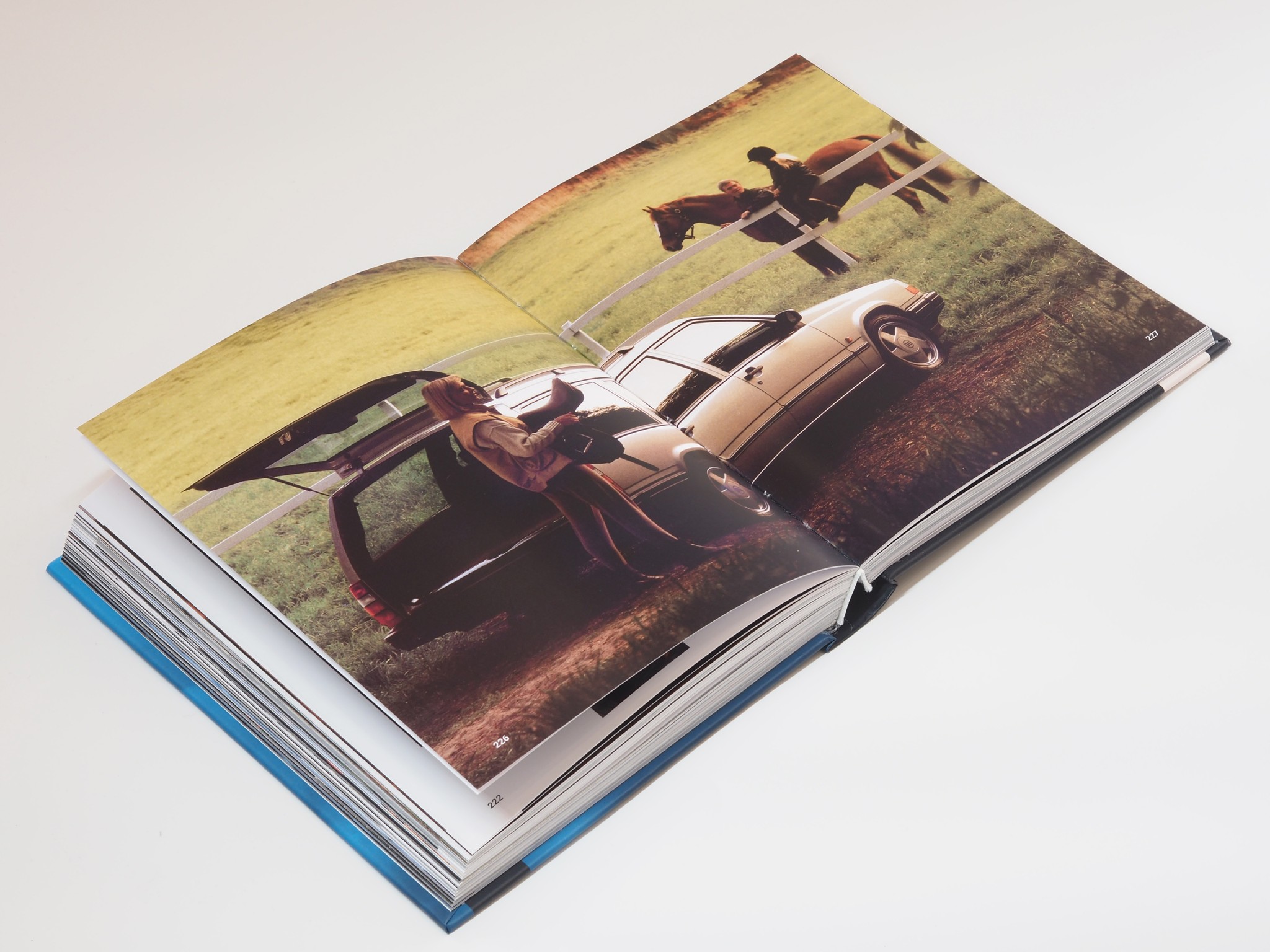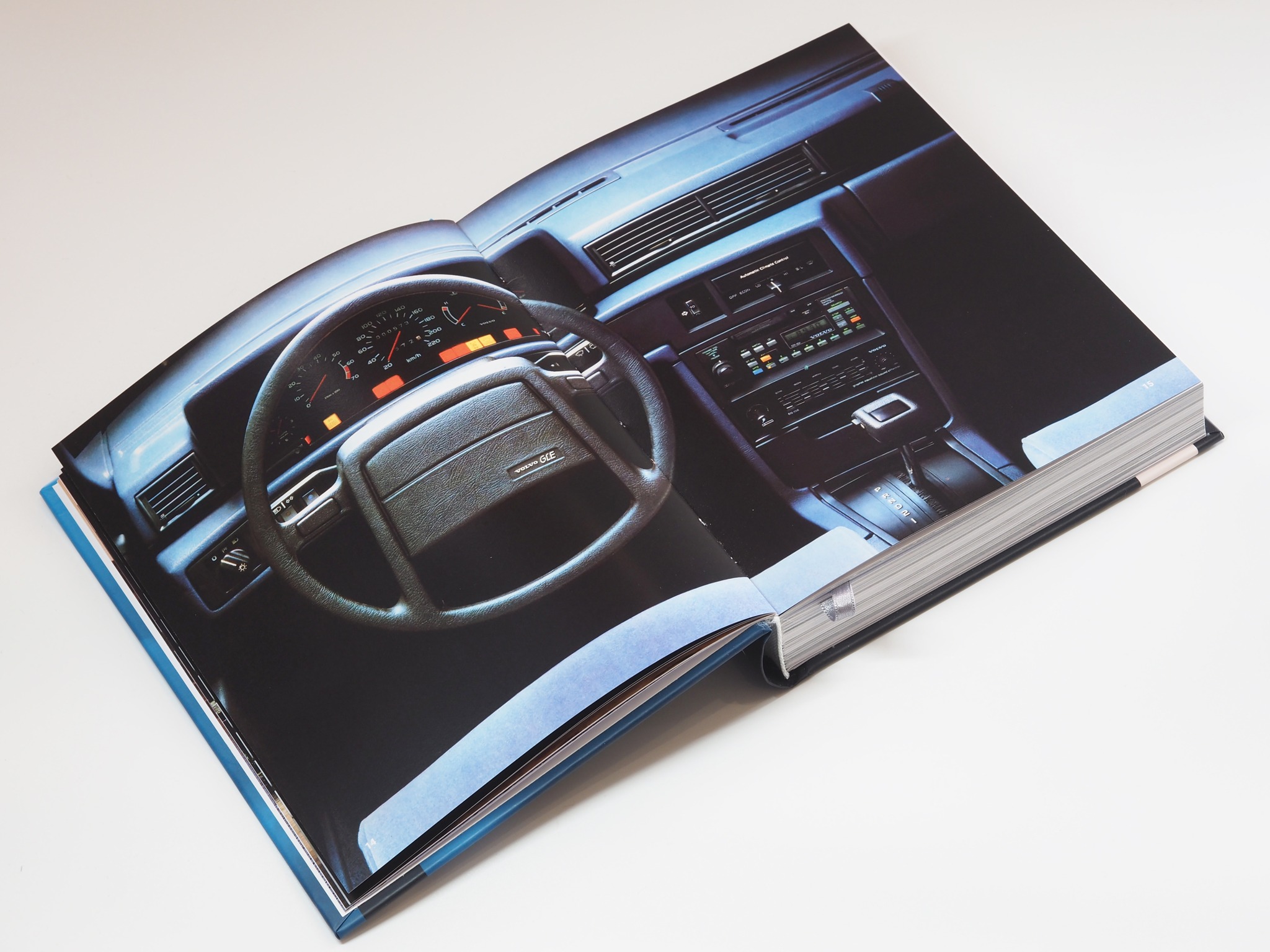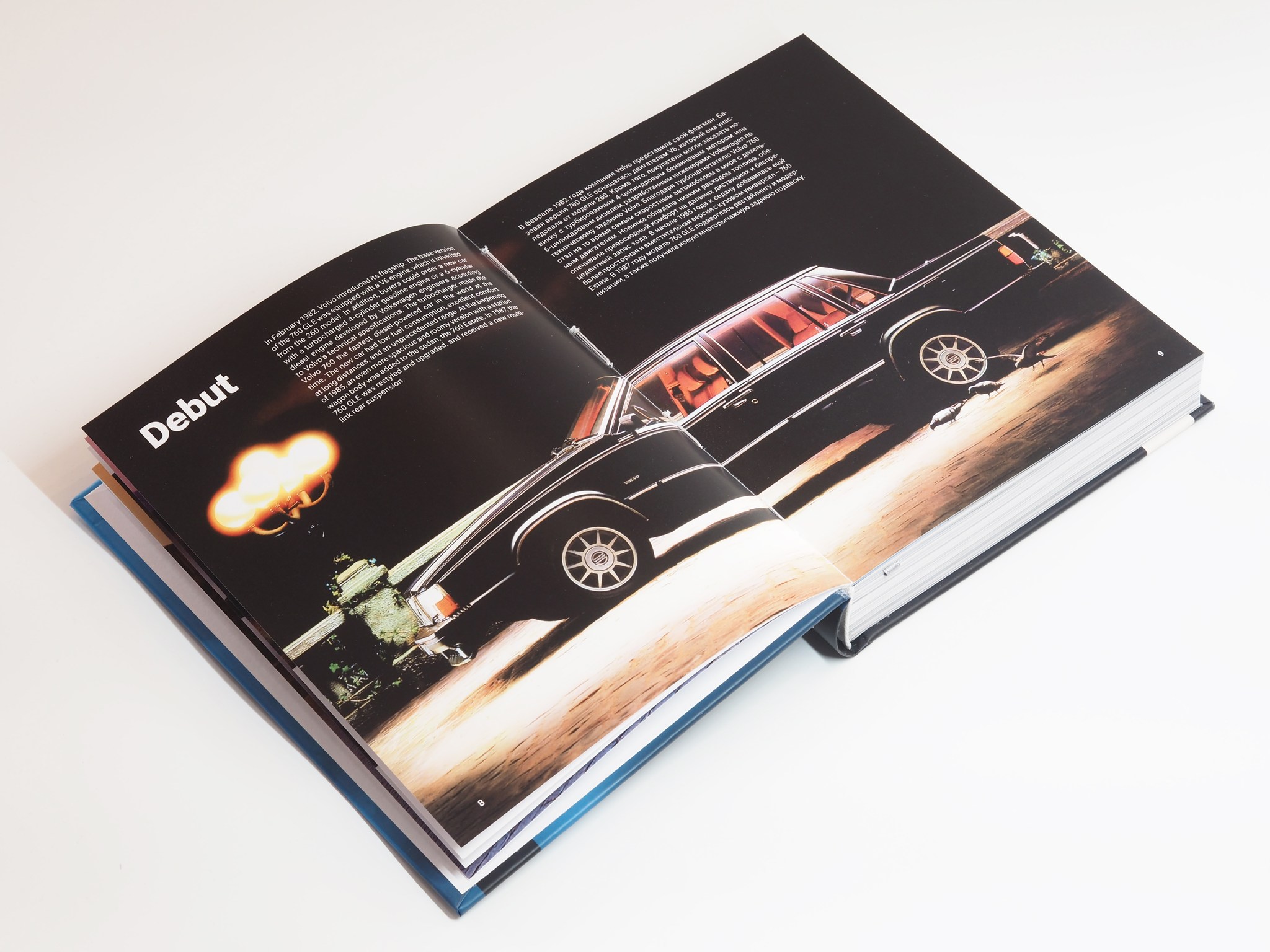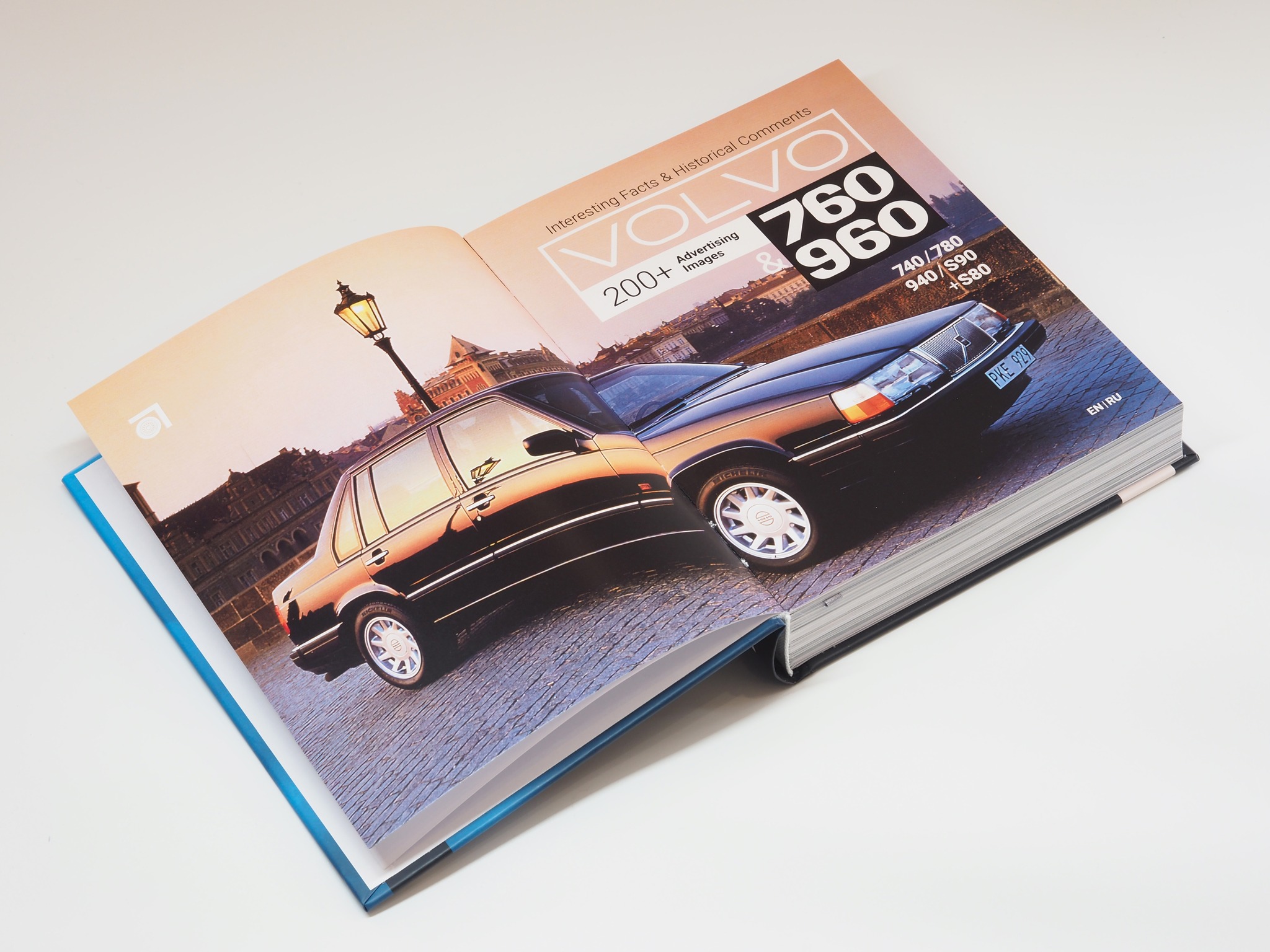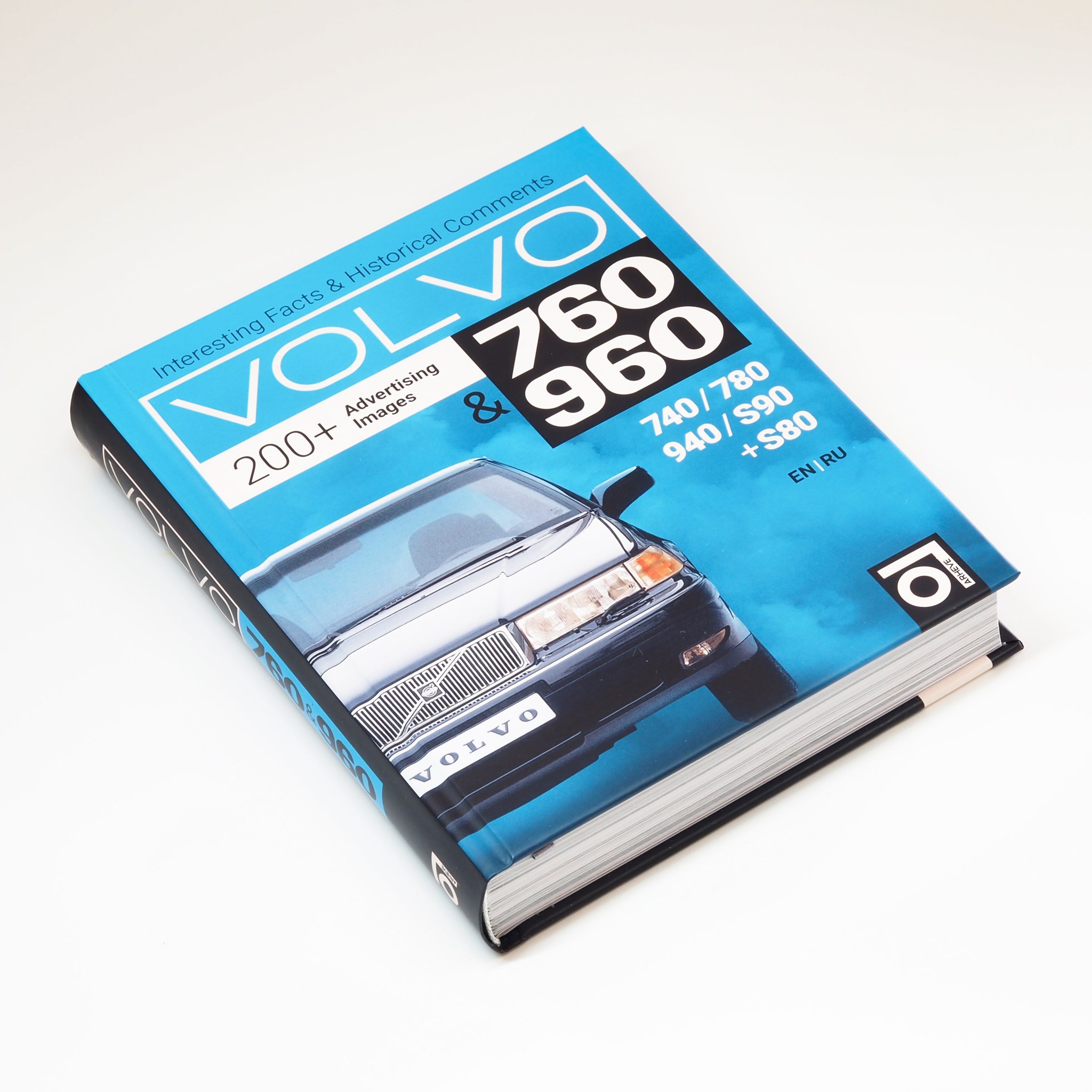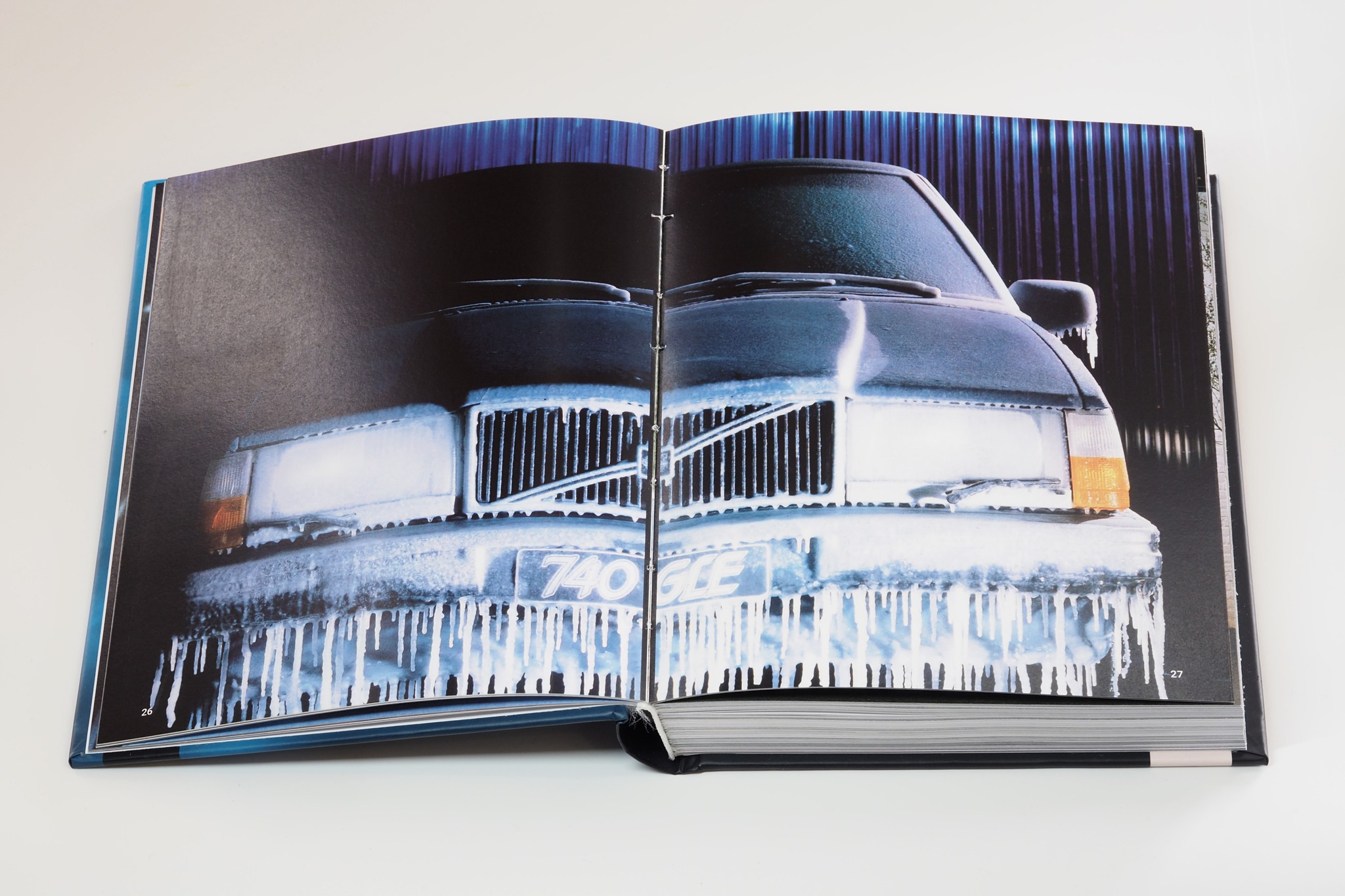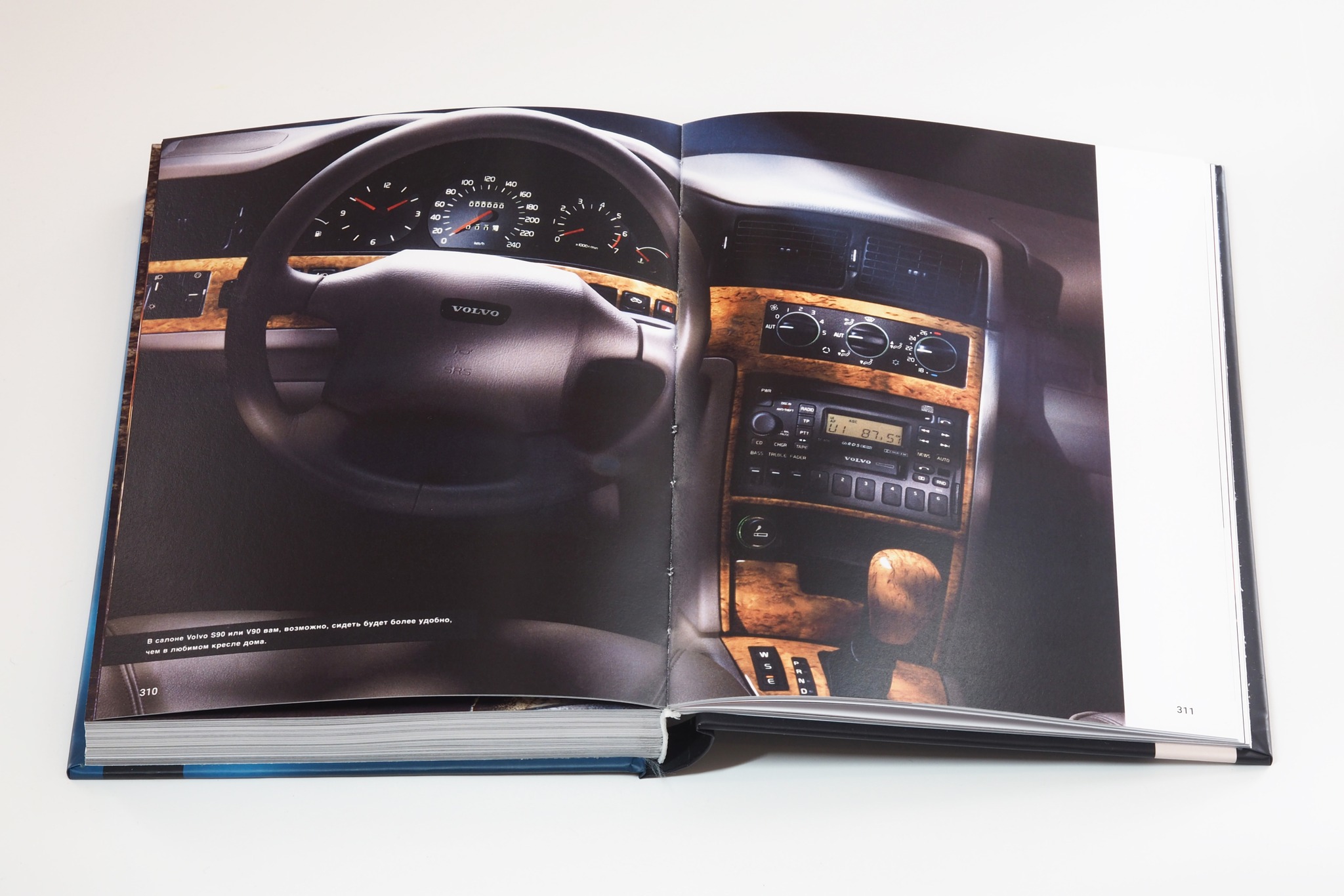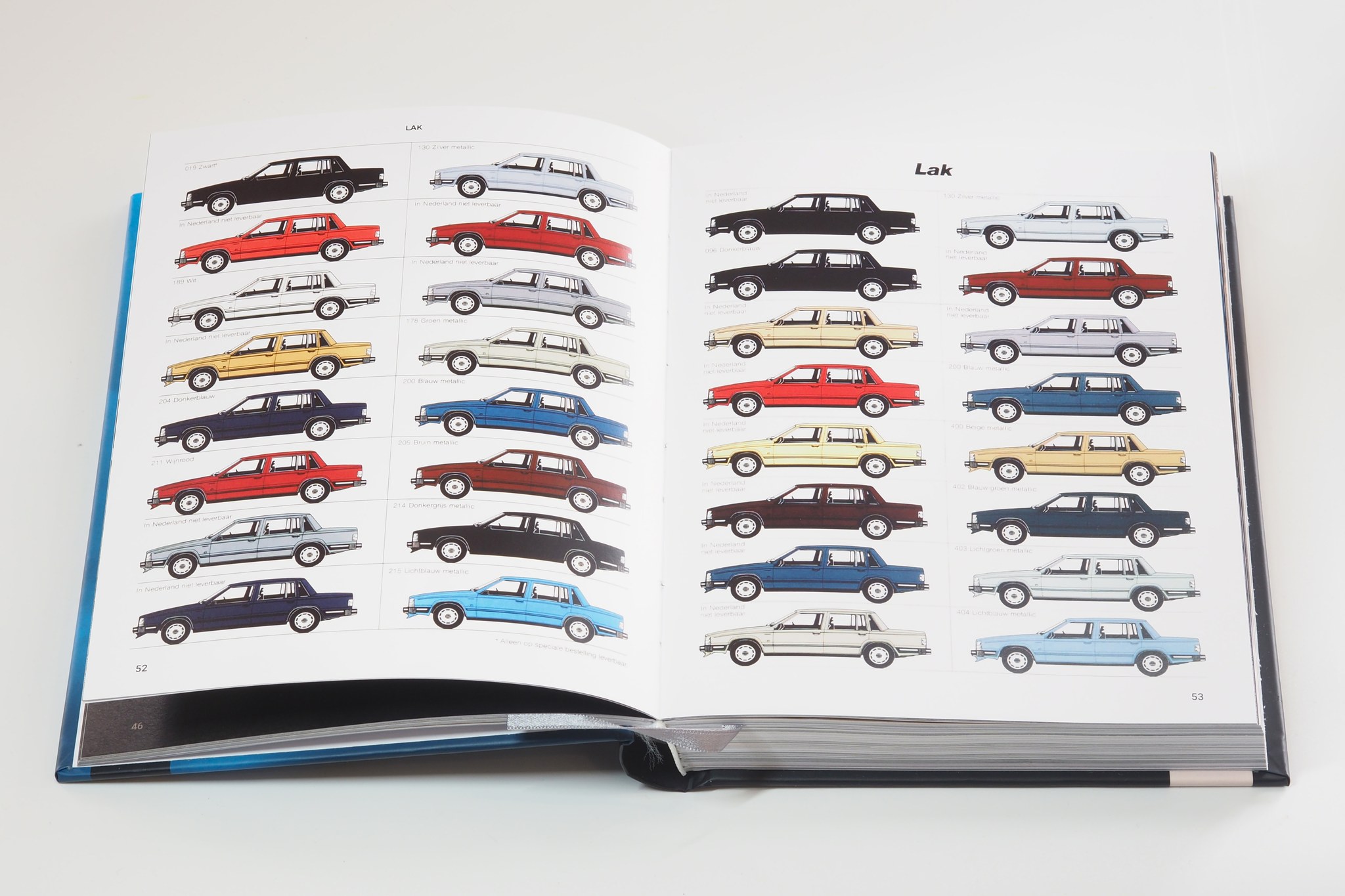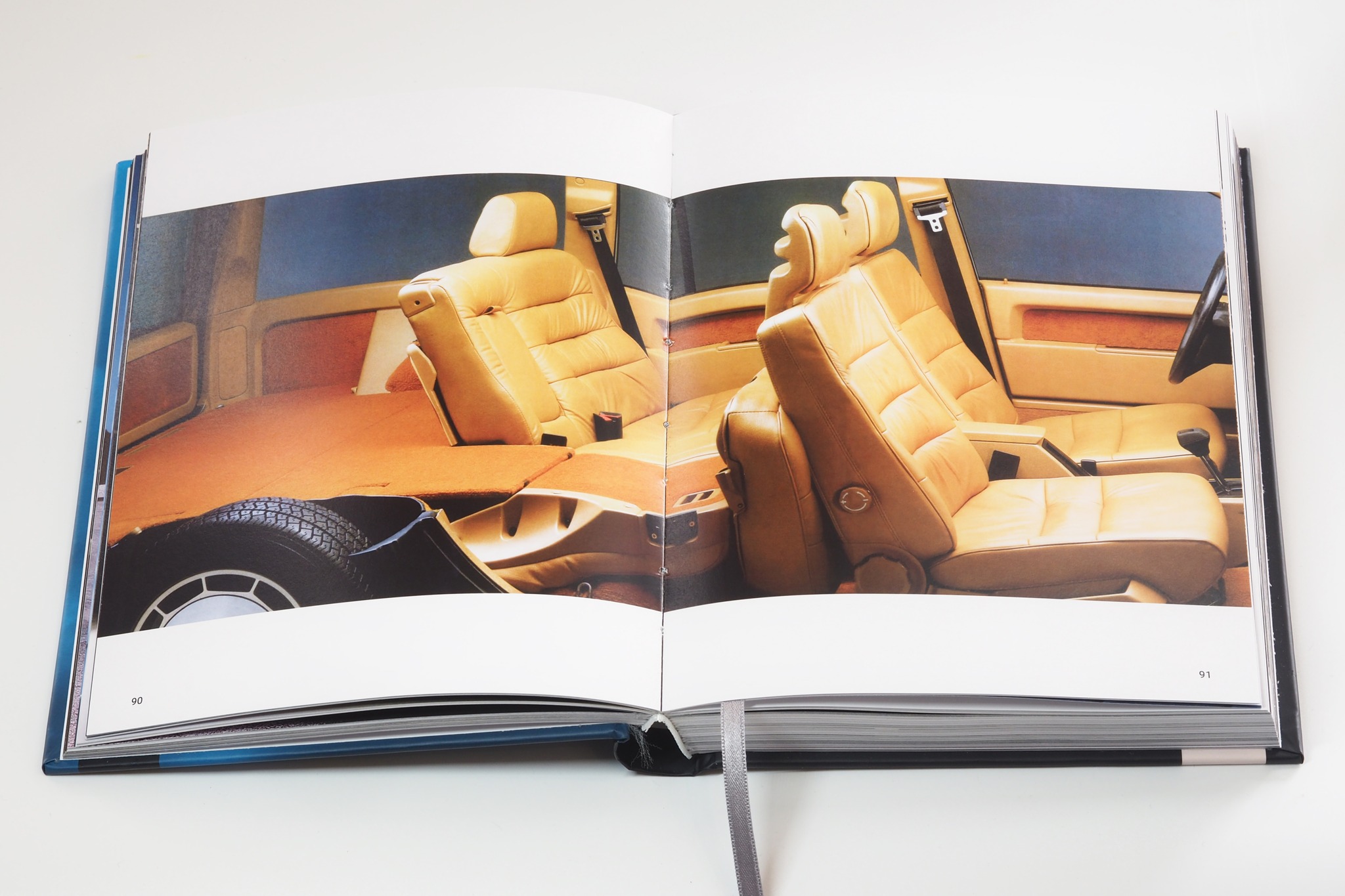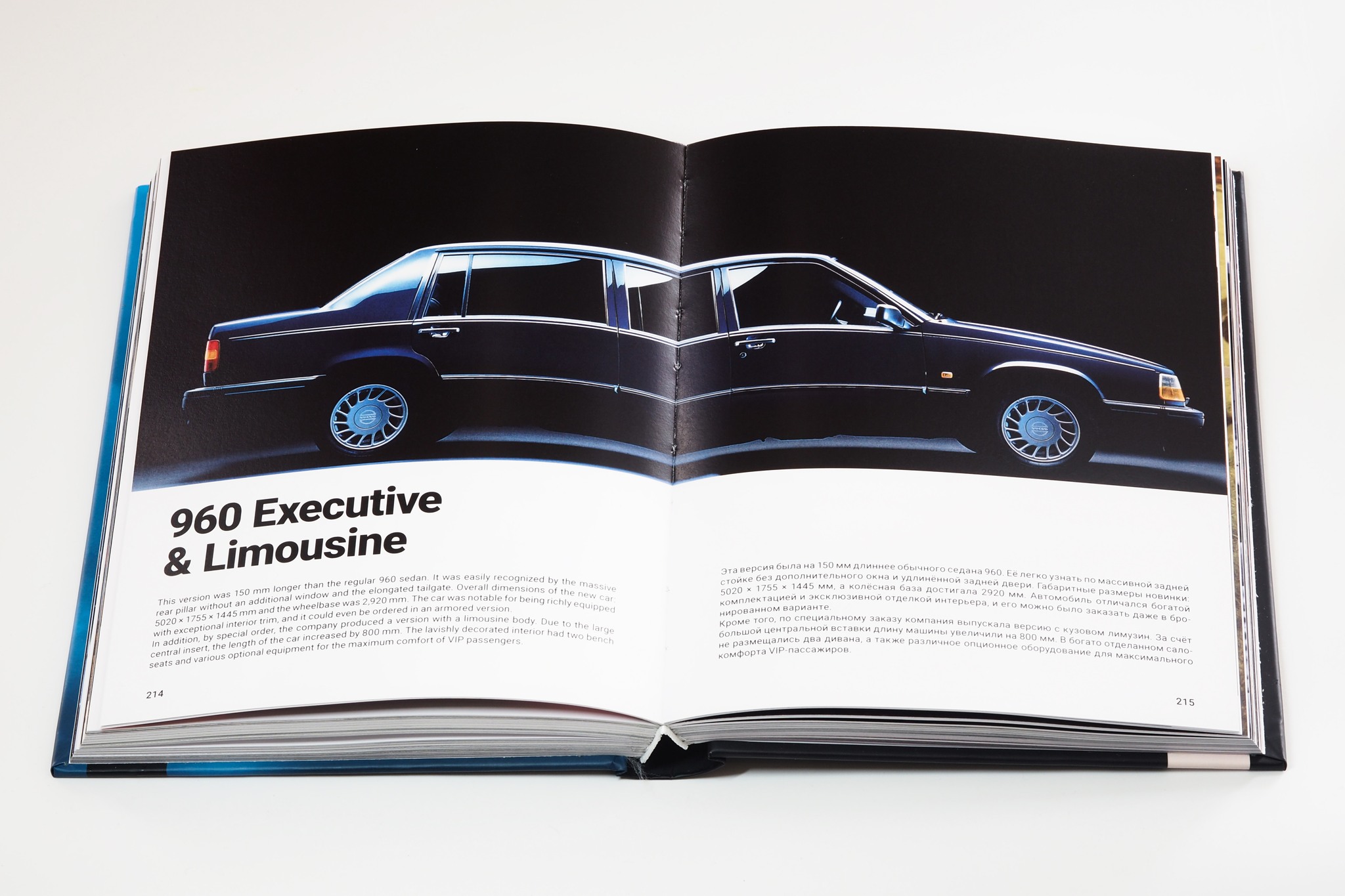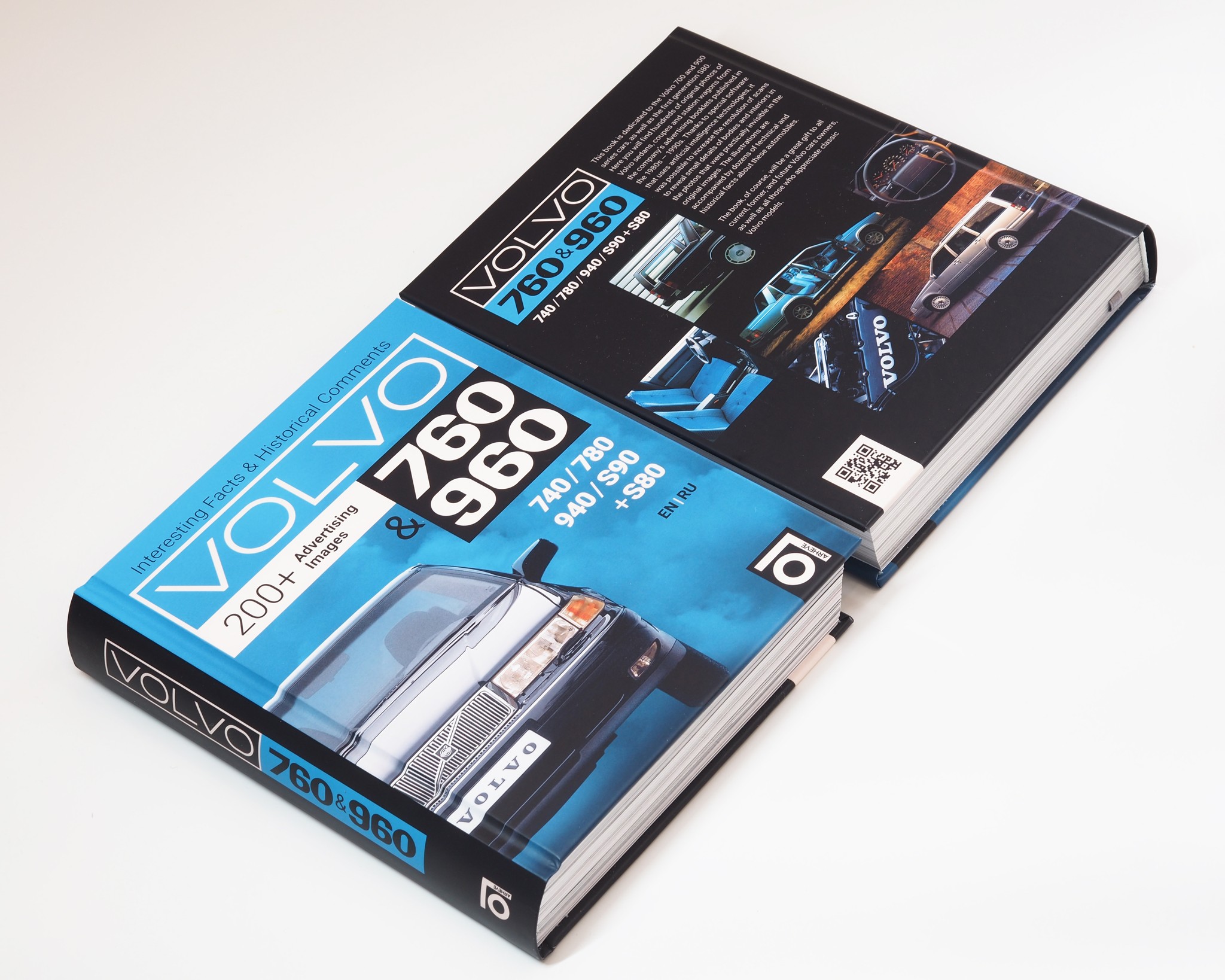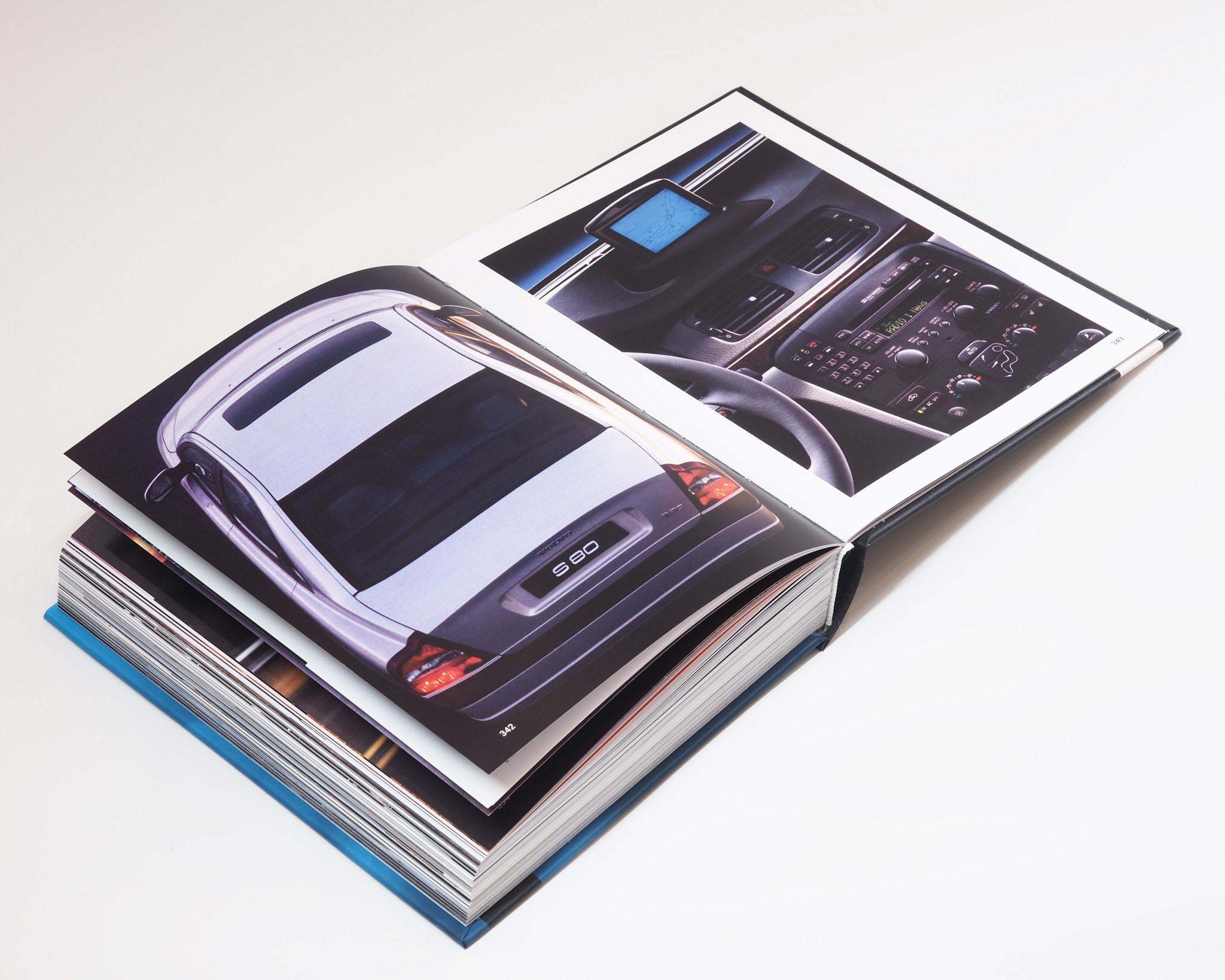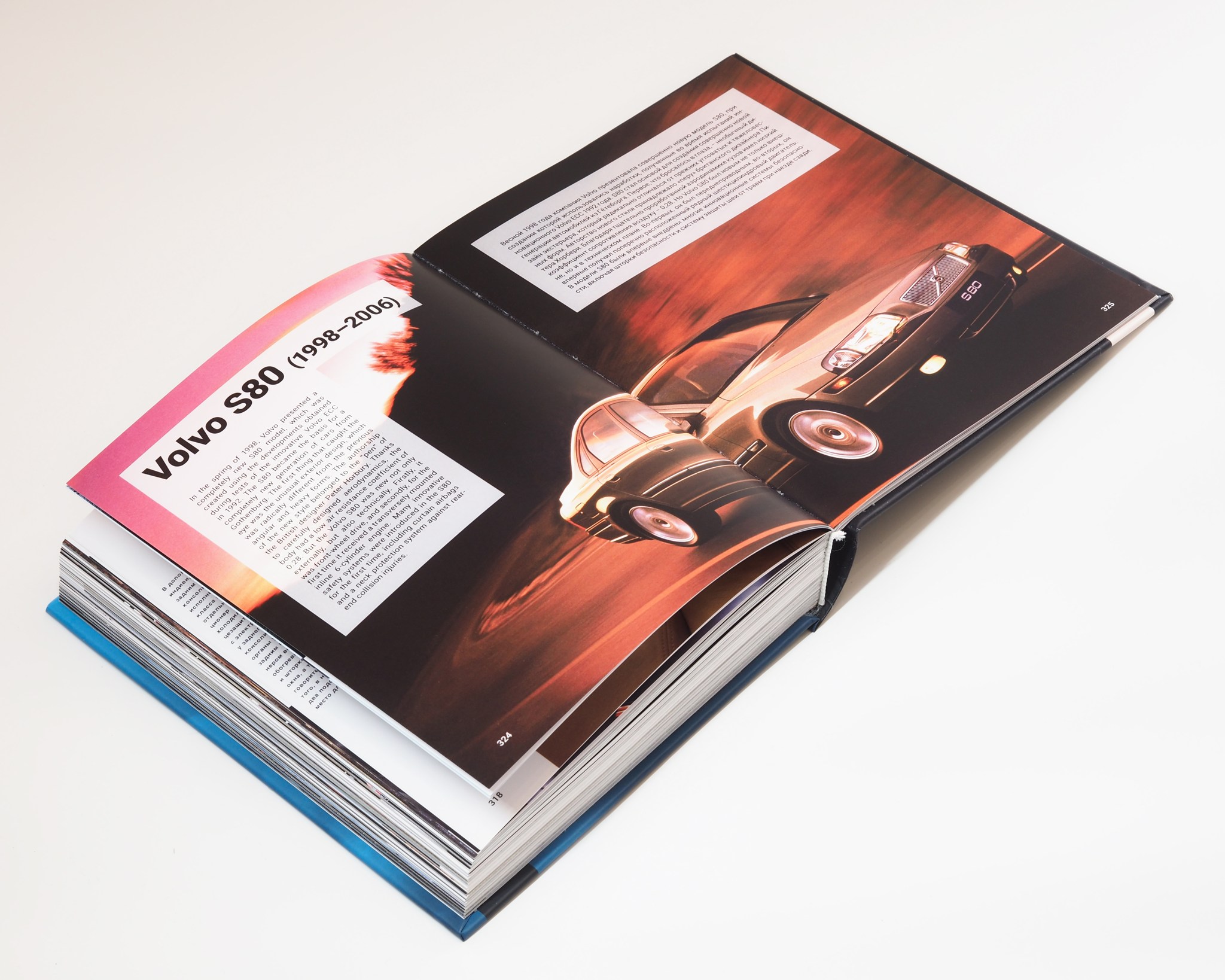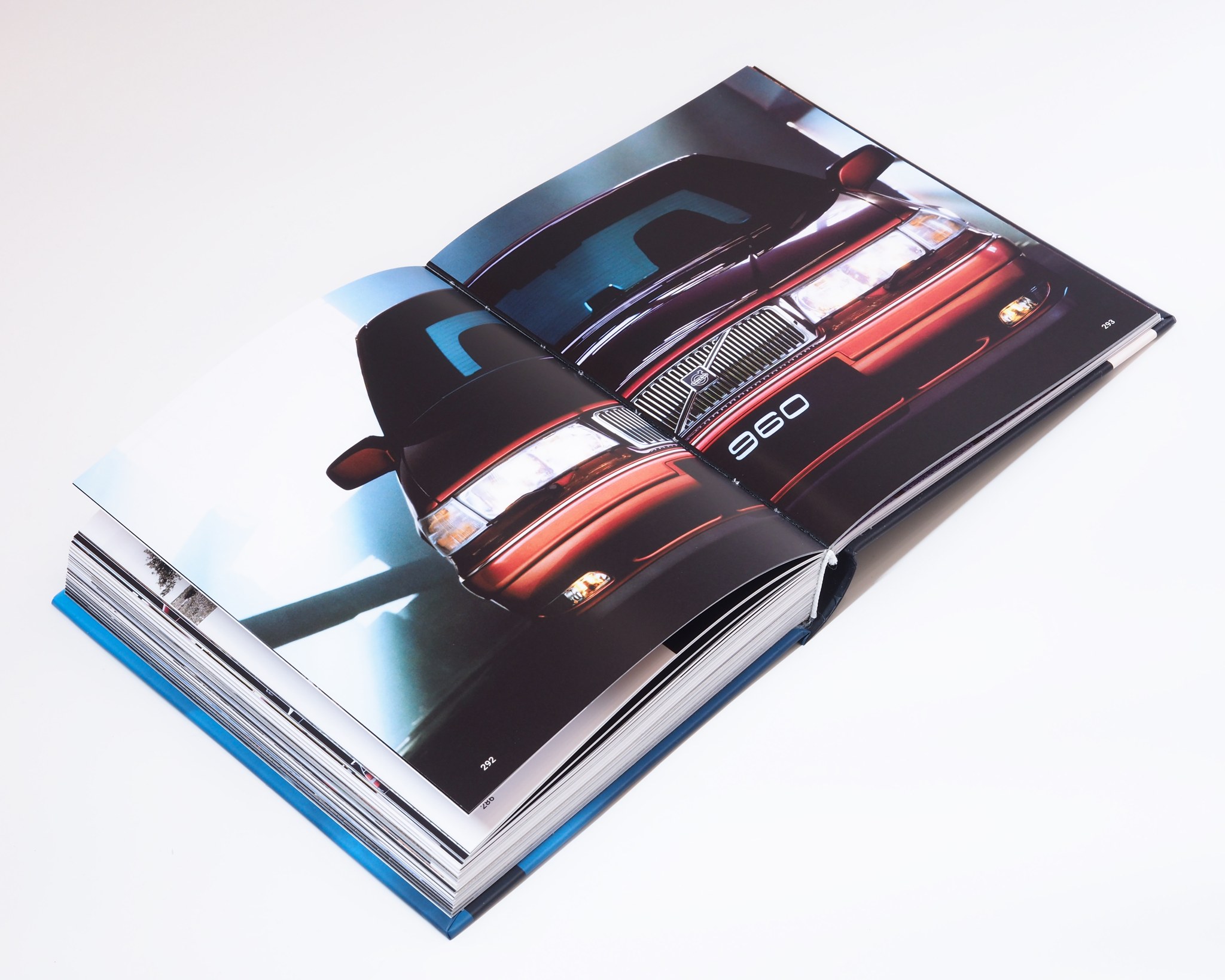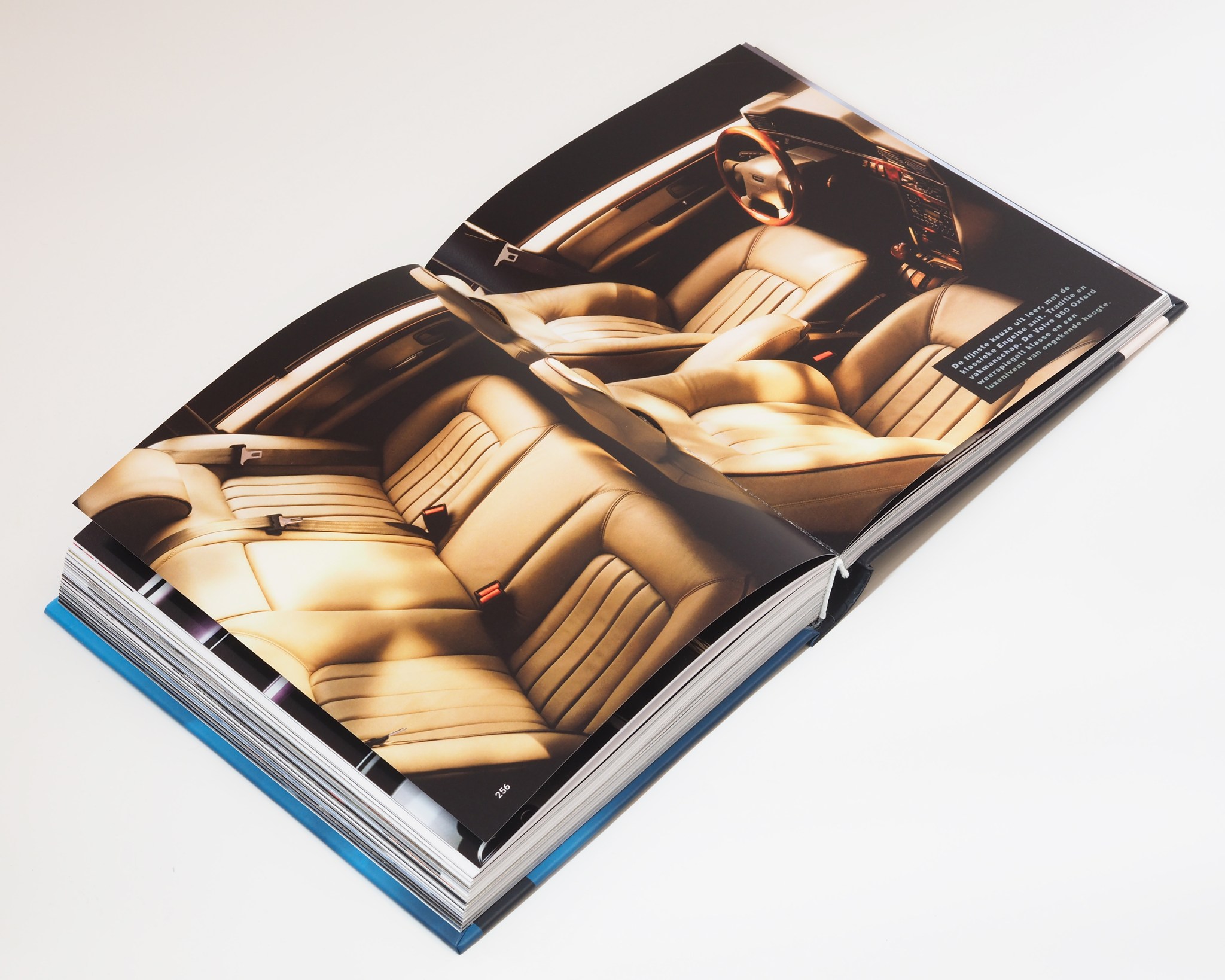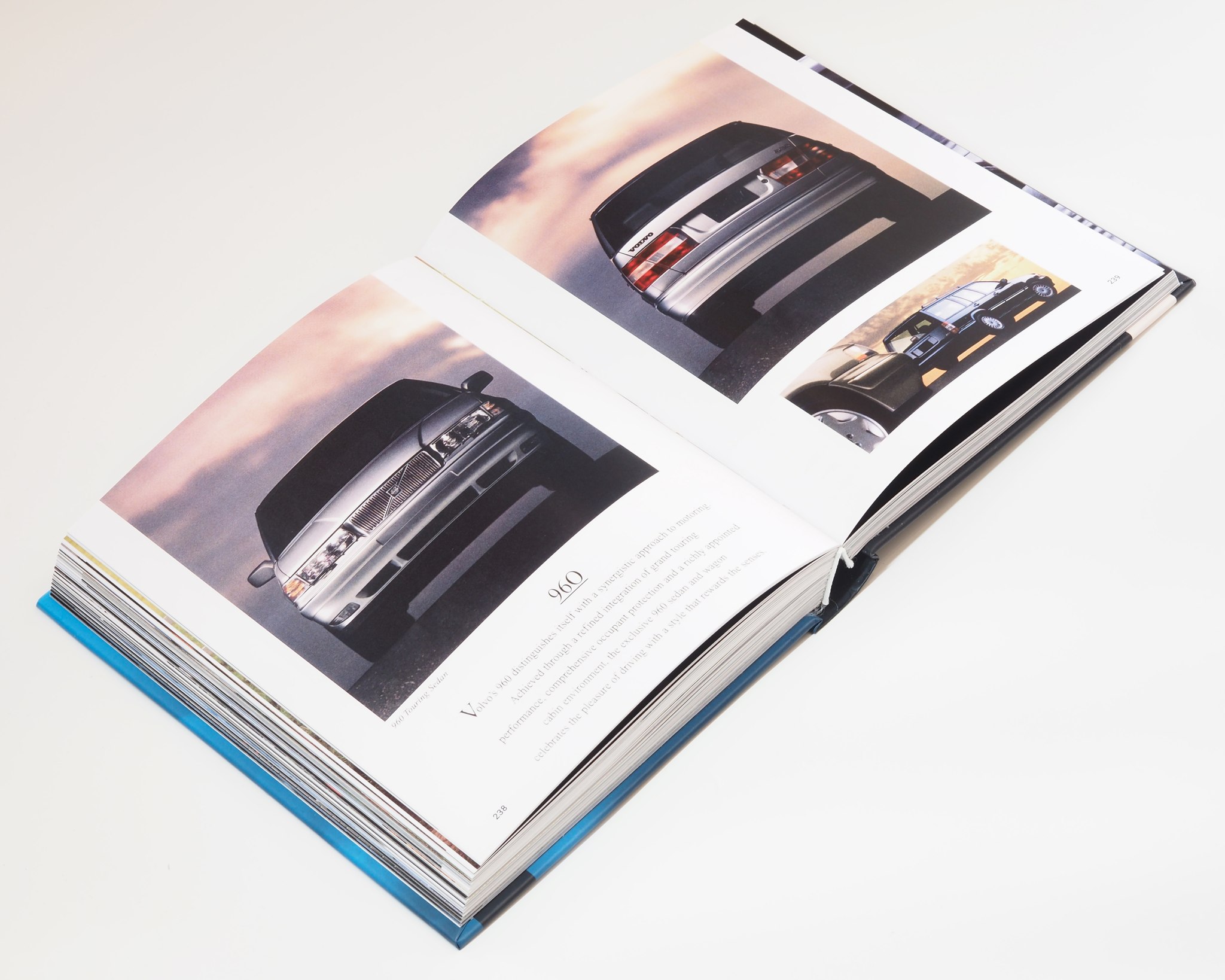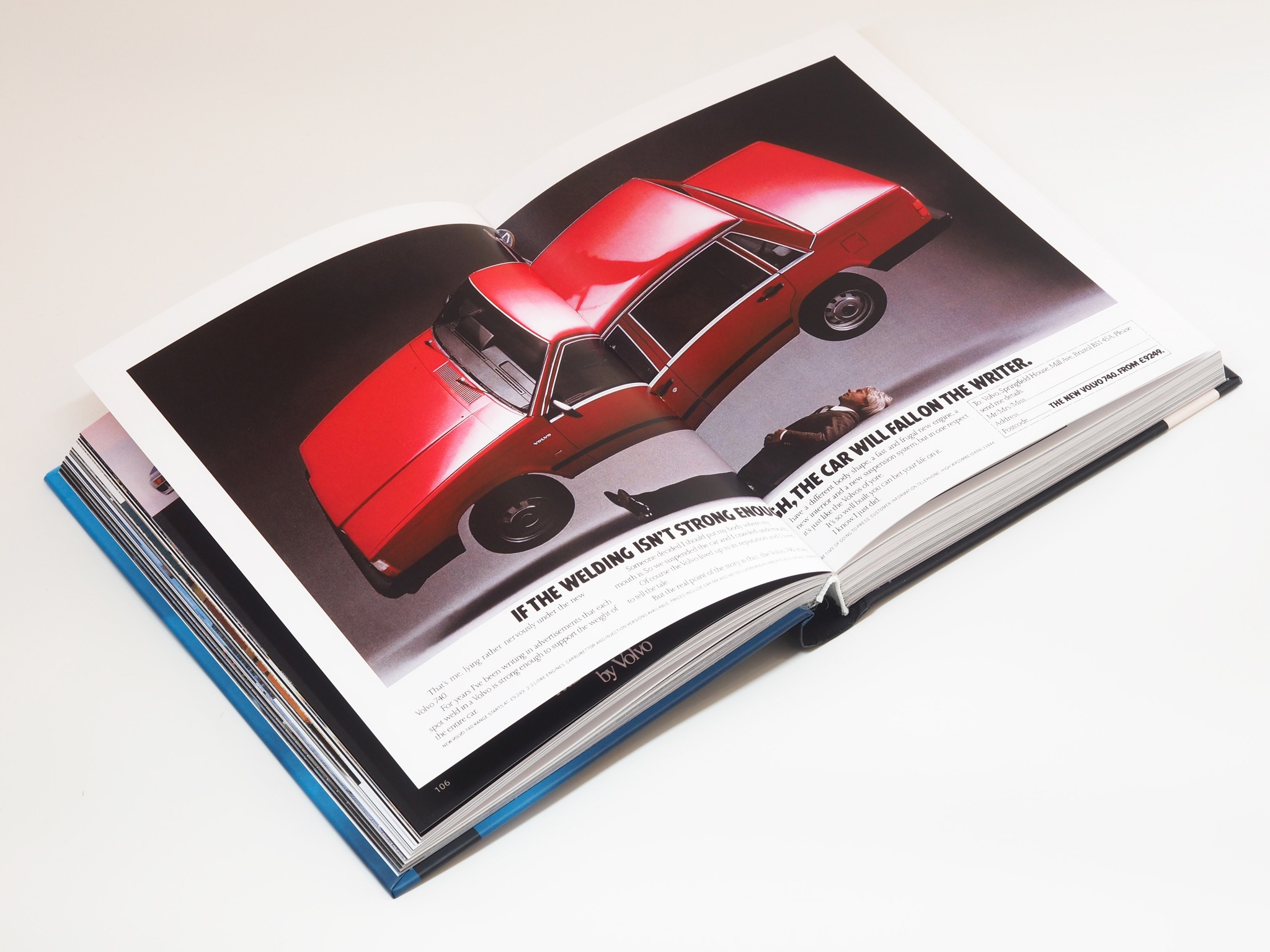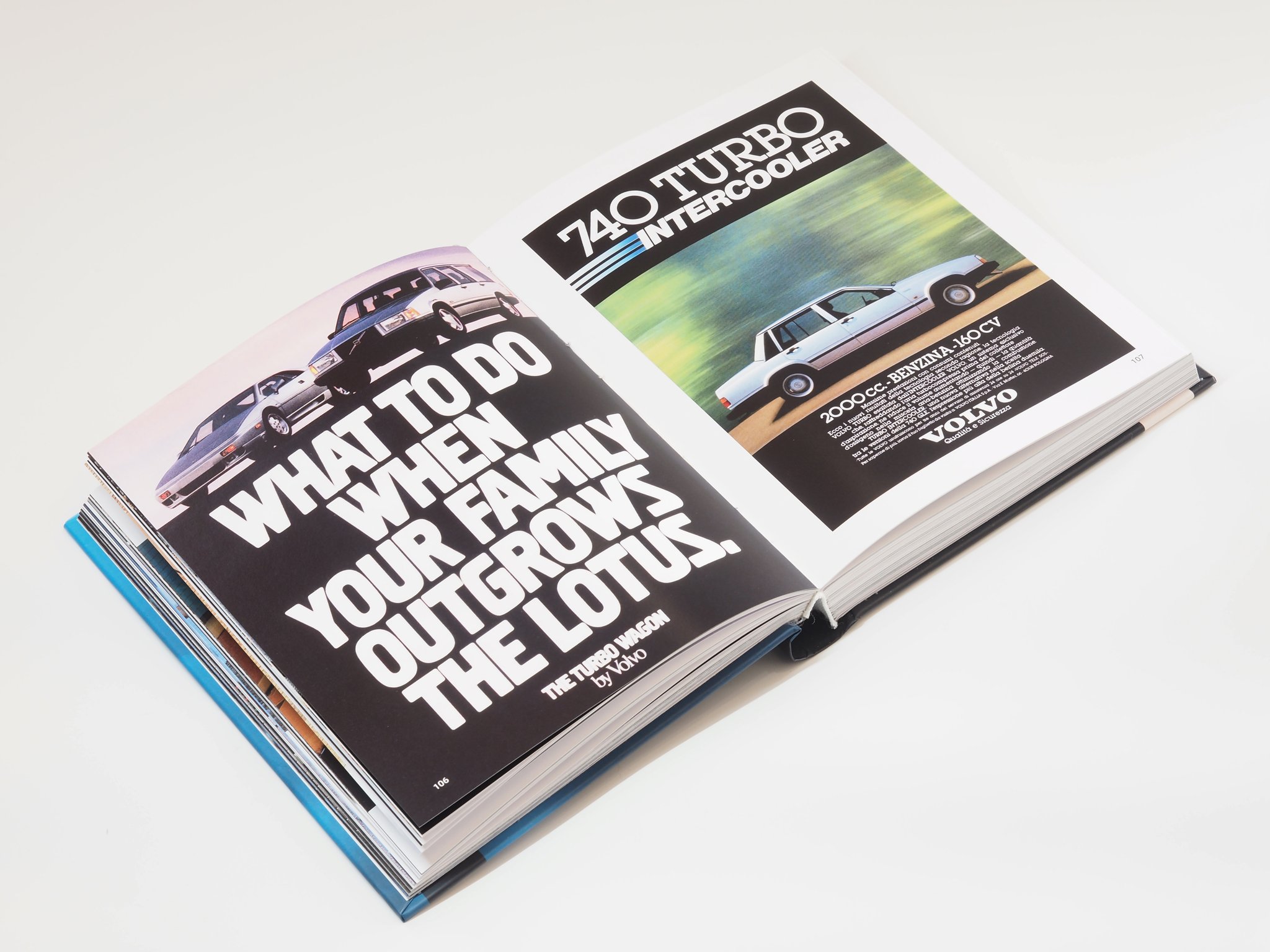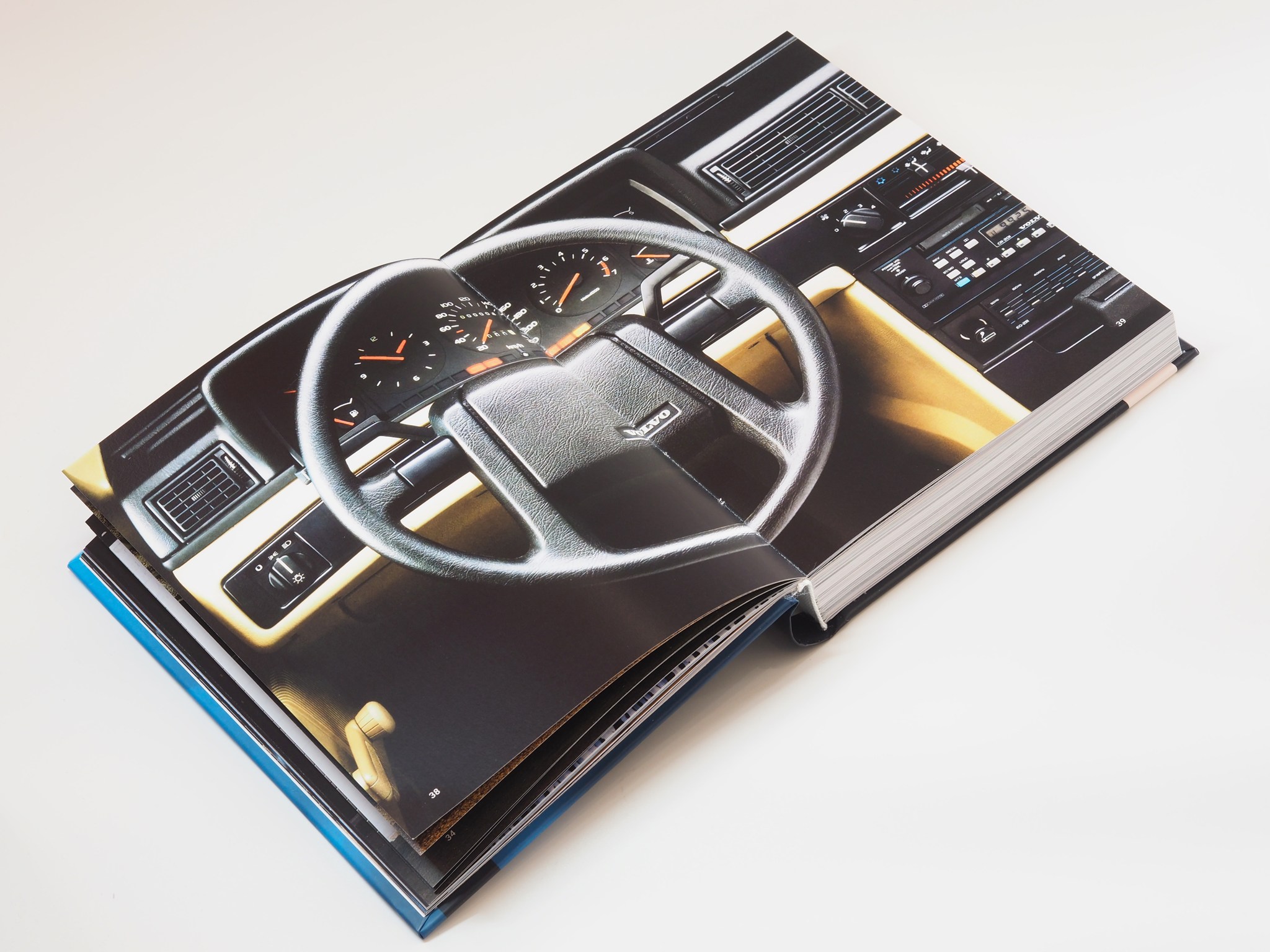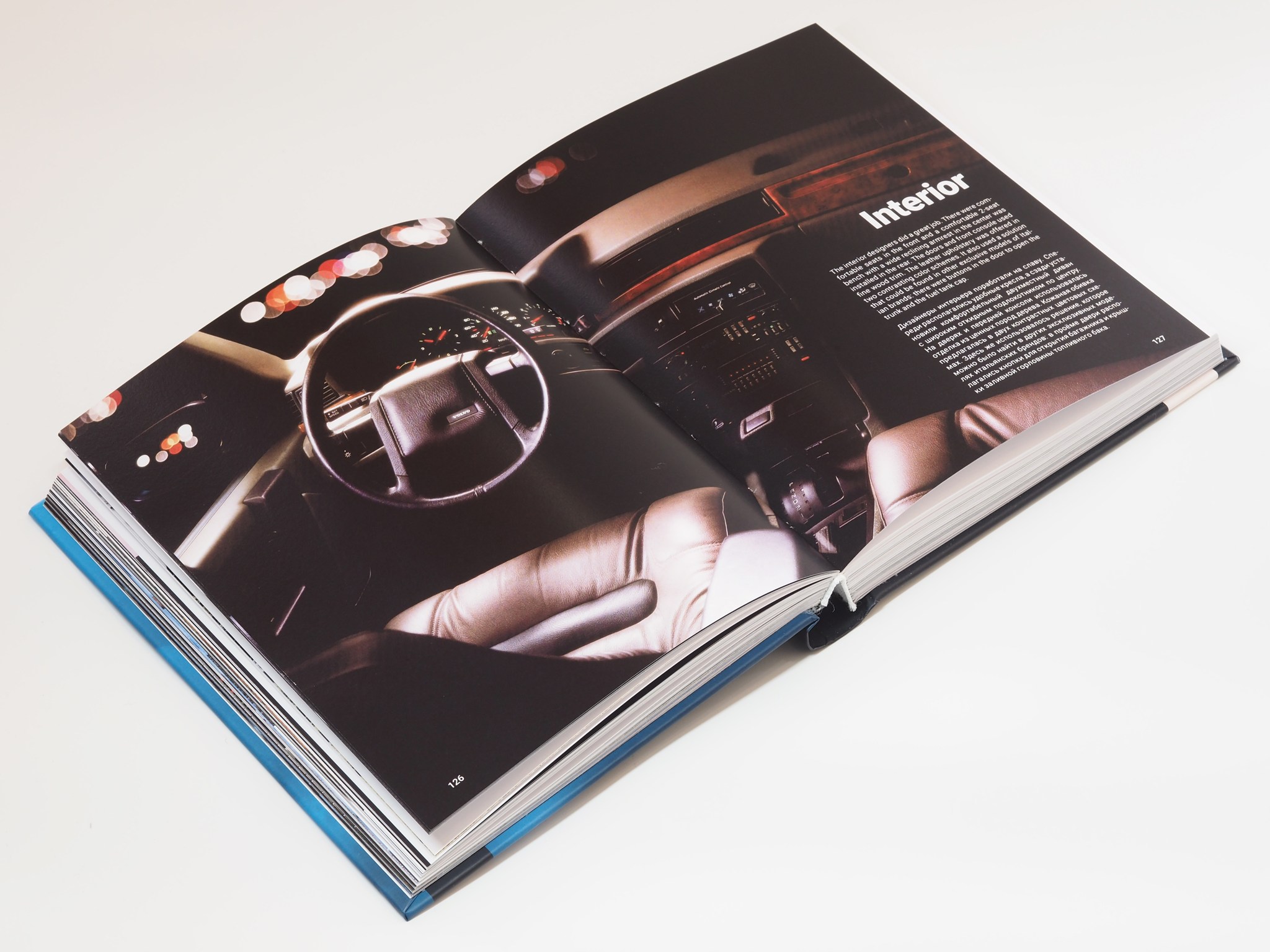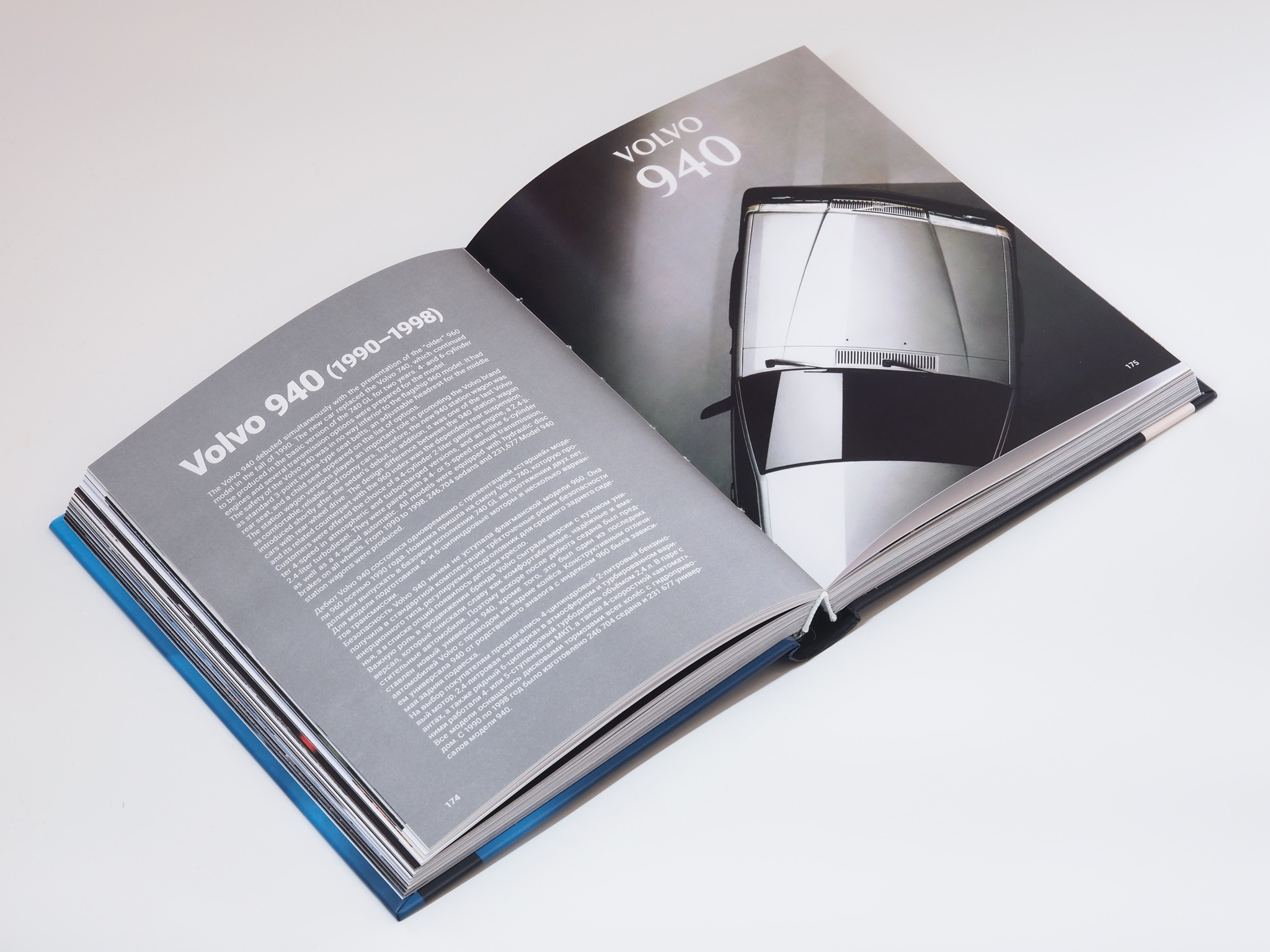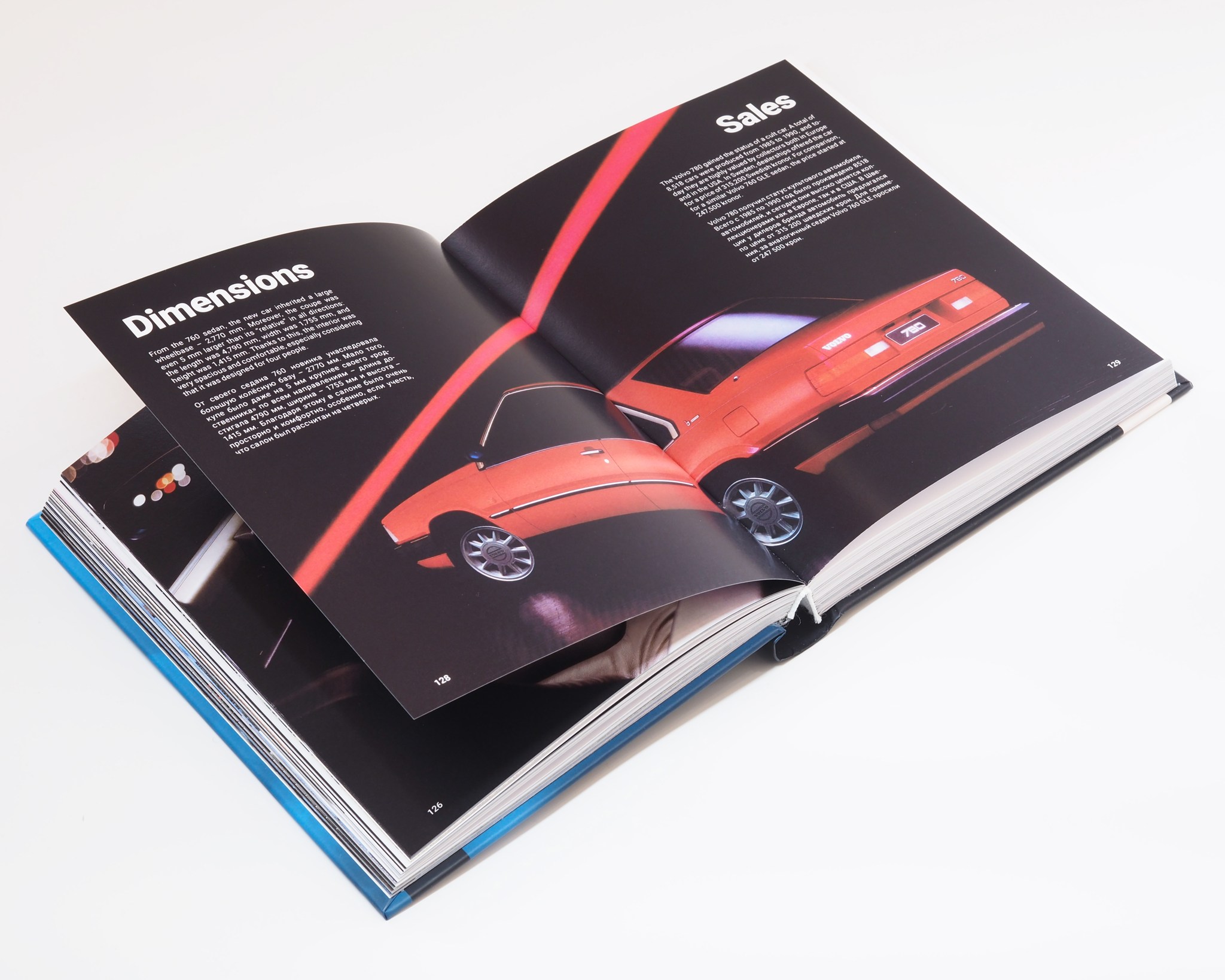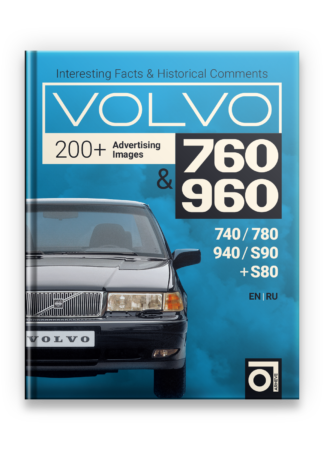Описание
Volvo 760 & 960 S80 Hardcover book (fragment of the text)
More than 40 years ago, in February 1982, production began on a new Volvo model, the 760 GLE sedan, distinguished by its non-trivial Scandinavian-style design.
Thanks to the success with buyers, the 760 model led the company out of financial crisis and ensured the future development of the Swedish brand.
The first sketches of the new model were created in 1975, when Volvo, like the rest of the automotive industry, was experiencing significant difficulties as a result of the oil crisis.
It became too expensive to produce cars at the factory in Swedish Torsland, and exporting these cars was no longer generating significant profits.
The situation was getting worse literally every day, and drastic measures had to be taken. It was decided to add a new generation of compact cars to the 200-series, and production began at Volvo Car BV’s subsidiary in the Netherlands.
But in order to maintain a sufficient level of income, the range of models needed to be expanded further with a premium car. The unstable external environment forced the company’s management to consider many options for what the flagship of the brand would be.
But Volvo analysts had no margin for error, so they conducted the most thorough analysis of the market. Important criteria defining the future 700-series were reliability, fuel efficiency, durability, ease of maintenance, and low noise level.
Of course, the new car had to have an attractive design and sufficient power. These qualities and in this sequence guided the designers in developing the new car. In addition to the design, new legal requirements in ecology and safety were taken into account.
Note that while earlier the design bureau used drawing boards, computers and advanced calculation models were already being introduced in the second half of the 1970s. The project reached its final stage and received the code designation 1155 in early 1978.
Inside the company, it was jokingly called “five to twelve,” which seemed to hint “need to hurry…” The first fully functioning prototype was built in the spring of 1978, and other prototypes followed for testing.
Comprehensive and time-consuming tests began: on three continents, the prototypes traveled a total of 3.2 million kilometers in the hottest and coldest climatic conditions. A Gothenburg taxi was used to test the assemblies and units of the new car for continuous running.
For this purpose, the so-called “mules” were developed on the basis of conventional model 244 sedans. Externally, they were no different from the typical Volvo 244, but the innovative elements of the future model 760 were hidden under the body.
In 1979, the automotive division of AB Volvo was spun off into a separate company, Volvo Car Corporation.
In 1980, an interesting Volvo Concept Car (VCC) was introduced, which was a modified version of the model developed by the leading designer Jan Vilsgaard. The concept was slightly shorter at the rear than the future Volvo 760, but otherwise it was almost the final version of the production model.
The appearance of the Volvo 760 was an important milestone in the company’s history. It was this model that laid a solid foundation for the further development of the brand.
The Volvo 760 and all subsequent modifications had to deliver strong sales through the late 1980s and early 1990s, and they did so successfully. In 1990, the 700-series models were replaced by a new family, the 900s.
And the last Volvo cars built with technologies used in the 760 model was the V90 station wagon, which debuted in 1998.
Read the continuation of Volvo 760 & 960, S80 story in the book.
Other books about history of Volvo:
